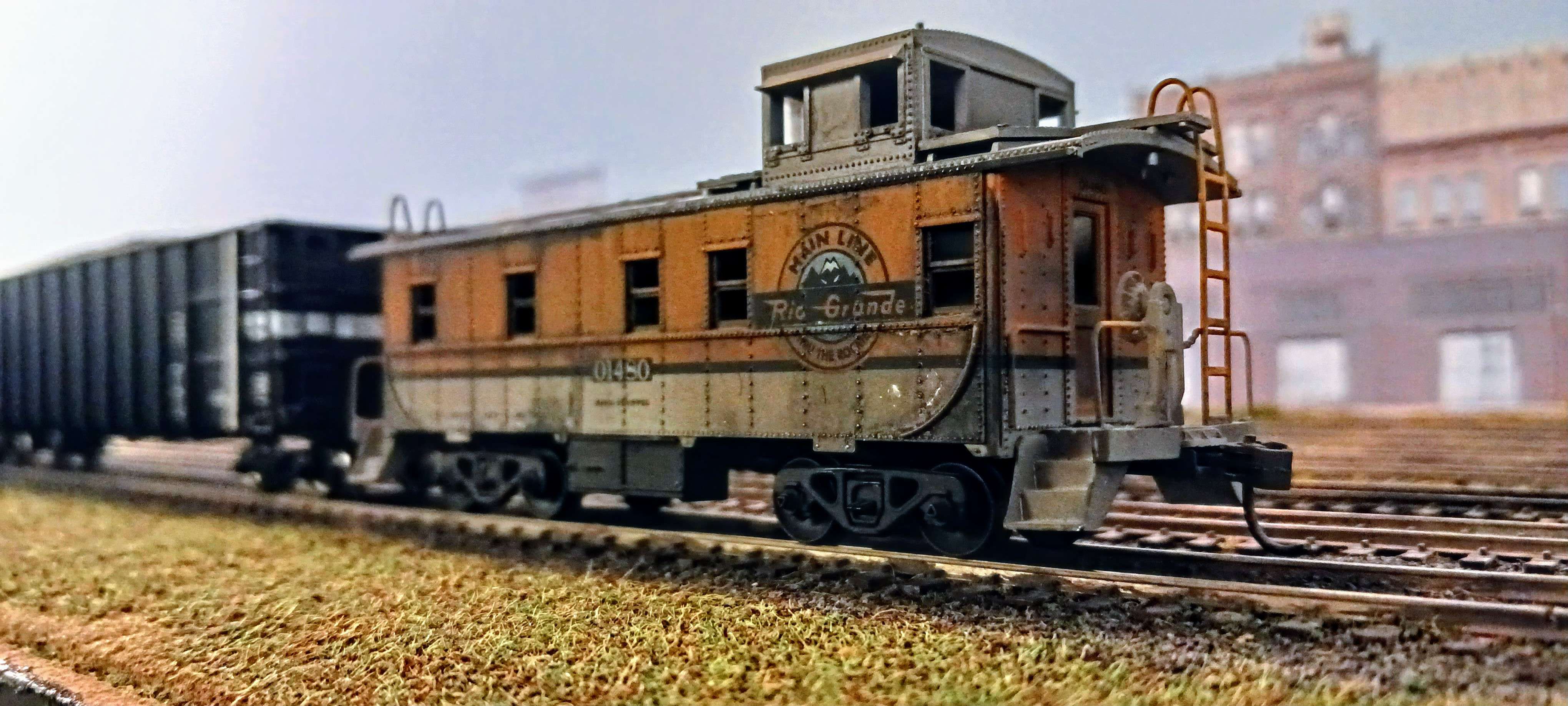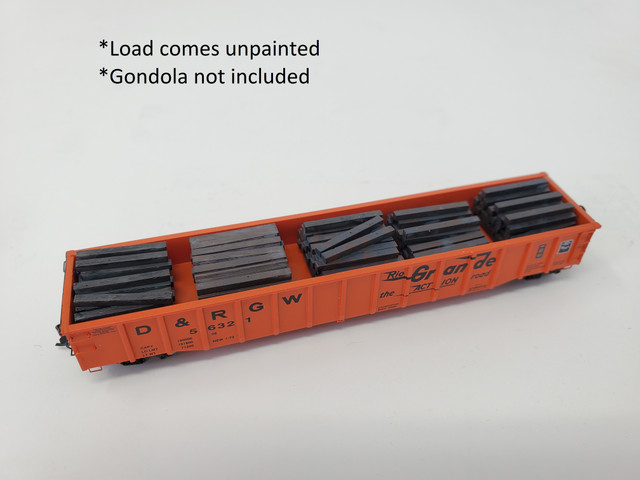Article 3: Weathering Rolling Stock on Your Model Railroad
Section 1: The Significance of Rolling Stock Weathering
Model railroading is a hobby that allows enthusiasts to recreate real-life scenes on a miniature scale. Achieving realism is a key goal for many model railroaders, and one essential aspect of this is weathering your rolling stock. Weathering refers to the process of making your model trains and their accompanying cars look aged and used, just like their real-world counterparts. While it might seem counterintuitive to intentionally make your models look less than pristine, there are several reasons why weathering is a crucial aspect of model railroading:
- Realism: Weathering adds a level of authenticity to your layout. Real trains get dirty, rusty, and worn over time, and replicating these effects on your models makes your layout look more true-to-life.
- Storytelling: Weathered rolling stock can help tell a story. It can depict the history and usage of a particular train or wagon, adding depth to your layout's narrative.
- Depth and Dimension: Well-weathered rolling stock adds depth and dimension to your layout, making it more visually interesting and appealing.
- Aesthetic Appeal: Weathering can make your models more visually appealing by adding texture, contrast, and character.

Section 2: Preparing Your Rolling Stock
Before you start weathering your rolling stock, it's essential to prepare the models properly. Here's what you need to do:
- Cleanliness: Ensure your models are clean and free of dust and oils. You can use a gentle brush or compressed air to remove any loose particles.
- Disassembly: If possible, disassemble the rolling stock to access all its parts and components. This will make weathering more manageable and allow for greater detail.
- Surface Preparation: Roughen the surfaces slightly using fine-grit sandpaper or a small file. This helps weathering materials adhere better and look more realistic.
- Primer: Consider applying a primer coat to improve the adherence of weathering products.
Section 3: Weathering Techniques for Rolling Stock
There are various techniques you can use to weather your rolling stock. Experiment with these methods to achieve different effects:
- Dry Brushing: Dip a dry brush into weathering powders or paints and gently brush it onto your model. This highlights raised surfaces and simulates dirt and rust.
- Washes: Apply thin washes of weathering paint or ink to create a more subtle, all-over weathered effect. Wipe away excess for a more realistic look.
- Chalks and Pastels: Ground-up chalk or pastel sticks can be applied with a brush or cotton swab to create dust and rust effects.
- Rust Effects: Use rust-colored paints and textures to create realistic rust spots and streaks on your rolling stock.
- Airbrushing: For more comprehensive weathering, an airbrush can be used to apply a variety of weathering products, creating a more consistent look.
Section 4: Adding Realism with Loads and Cargo
Don't forget that your rolling stock's appearance isn't the only aspect to consider. The loads and cargo can also significantly enhance the realism of your models:
- Custom Loads: Create custom loads for your rolling stock. Whether it's coal, lumber, or containers, detailed and realistic loads make a big difference.
- Weather the Loads: Apply similar weathering techniques to your loads to ensure they match the rolling stock and look like they belong.
- Securing Cargo: Ensure that your loads are securely attached to the cars to prevent them from moving or falling off during operation.
*Load pictured is available at Midwest Model Railroad from Jackson Railcar
Section 5: Final Touches and Display
After completing the weathering process, you're almost ready to display your rolling stock on your model railroad. Here are a few final touches to consider:
- Protective Sealant: Apply a clear protective sealant to preserve the weathering and prevent it from wearing off over time.
- Weather the Track: Don't forget to weather the tracks and the surrounding environment to ensure everything looks cohesive and realistic.
- Display Carefully: When arranging your rolling stock on the layout, pay attention to realism. Position trains realistically, considering things like weathered tracks, operational constraints, and era-specific details.
- Maintenance: Regularly clean and maintain your weathered rolling stock to keep it looking its best and functioning smoothly.
Incorporating weathering into your model railroad adds a layer of authenticity that can truly bring your layout to life. Experiment with different techniques and enjoy the process of making your rolling stock look as if it's been on a real journey through time.
Photo Credit:
Cover Photo: Jon Percy's N Scale layout photo courtesy of Jason Stiles
Rio Grande Caboose Dave Acheson's HO Layout photo courtesy of Jason Stiles
Recent Posts
-
Prototype Spotlight: GE ES44AC — Modeling a Modern Freight Workhorse
Prototype Spotlight: GE ES44AC — Modeling a Modern Freight Workhorse Published 2025-09-29• 8–10 min
-
How to Build a Realistic Freight Yard: Flow, Trackwork, and Car Management
How to Build a Realistic Freight Yard: Flow, Trackwork, and Car Management Published 2025-09-25 • 8
-
Scenery Basics: From Foam to Foliage — A Quick, Budget-Friendly Guide | Midwest Model Railroad
Modeling Tutorial Scenery Basics: From Foam to Foliage Published 2025-09-23 · 7–9 minute read Li





